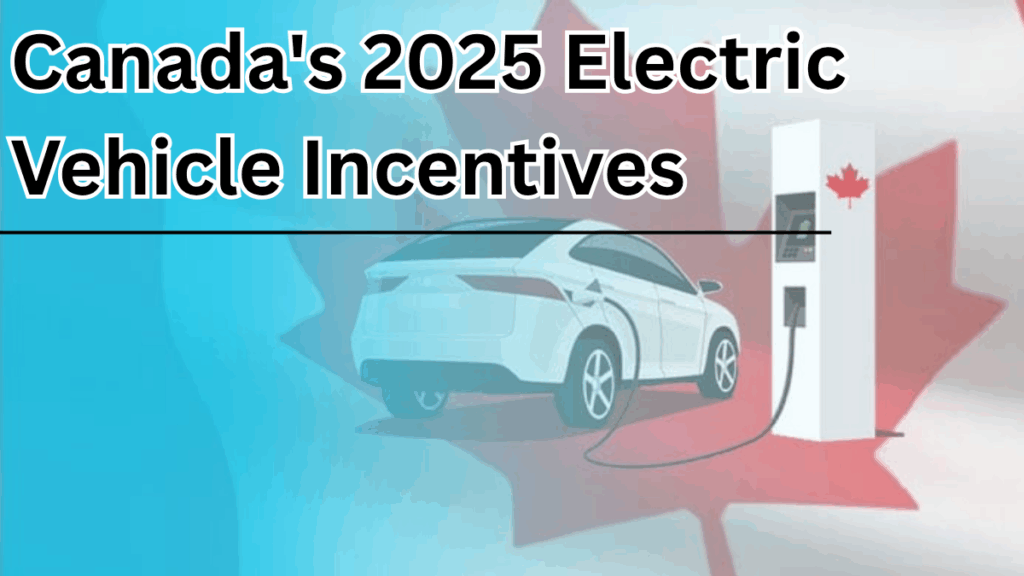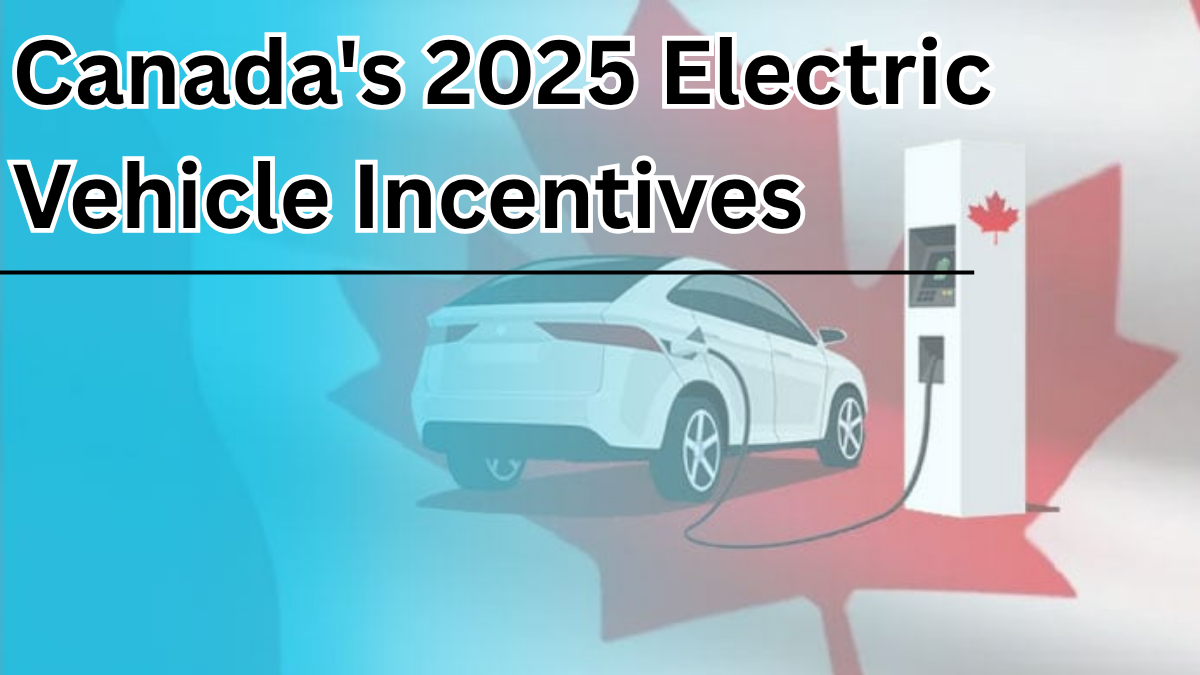As the world shifts gears toward sustainability, Canada is driving full speed ahead into a cleaner, greener future. With Canada EV incentives 2025 offering generous support for buyers of electric vehicles, now might be the perfect time to make the switch to an eco-friendly car.
Whether you’re considering your first EV or upgrading your current ride, here’s a clear breakdown of what you need to know.

Why Is Canada Pushing EV Adoption?
Canada has committed to phasing out the sale of new gasoline-powered vehicles by 2035. To achieve this ambitious goal, the government is rolling out enhanced EV incentives to encourage more Canadians to embrace electric vehicles.
These rebates make it significantly more affordable for individuals and businesses to go green.
Federal EV Rebates for 2025: What’s Available?
The federal government rebates remain one of the most appealing parts of the EV transition. Here’s what you can expect in 2025:
| Incentive Type | Details |
|---|---|
| iZEV Program | Up to $5,000 off eligible battery-electric and plug-in hybrid vehicles |
| Hydrogen Fuel Cell Vehicles | Also eligible for up to $5,000 |
| Delivery Time | Rebate applied at point of sale or shortly afterward |
To qualify for these Canada EV incentives 2025, your chosen EV must fall under the maximum Manufacturer’s Suggested Retail Price (MSRP) threshold set by the government.
Provincial EV Incentives: What Extras Can You Get?
In addition to federal programs, several provinces offer additional rebates that stack on top of federal incentives:
Ontario
-
$5,000 rebate for EVs under a specific price cap
-
Incentives for home charging stations
Quebec
-
Up to $7,000 rebate for new EVs
-
$600 toward charging equipment installation
British Columbia
-
Rebates up to $4,000 on eligible vehicles
-
Extra support for low-income households
Combining these offers means some Canadians could save over $10,000 when switching to an eco-friendly car in 2025.
Eligibility and Important Guidelines
Before claiming your government rebates, make sure you tick the right boxes:
-
The EV must be new (used vehicle incentives vary by province)
-
MSRP must fall within government-set thresholds
-
Vehicle must be on the approved list for rebates
-
You must apply through the correct channels (e.g., iZEV portal, provincial websites)
Benefits of Choosing Electric in 2025
Opting for electric vehicles isn’t just about savings—it’s about long-term impact.
Here’s what you gain:
-
Lower fuel costs – Electricity is cheaper than gas
-
Less maintenance – EVs have fewer moving parts
-
Zero tailpipe emissions – Cleaner air for everyone
-
Tax credits and parking perks in some cities
With these advantages, and thanks to Canada EV incentives 2025, there’s never been a better time to drive electric.
FAQs
Q1: How do I know if my vehicle qualifies for Canada’s EV incentive in 2025?
Check the official iZEV program website for an updated list of eligible vehicles. The model must meet MSRP limits and be classified as a zero-emission vehicle.
Q2: Can I get both federal and provincial EV rebates?
Yes! Most provinces allow you to stack rebates, meaning you can combine federal and local government rebates for even greater savings.
Q3: Are used electric vehicles eligible for incentives in 2025?
Federal rebates apply only to new EVs, but provinces like British Columbia and Quebec may offer separate programs for used eco-friendly cars.
Q4: What’s the deadline to apply for the 2025 EV incentives?
It’s best to apply at the time of purchase. Some programs may have annual funding limits, so acting early in the year is a smart move.
Final Thoughts
The Canada EV incentives 2025 landscape is robust and geared toward making electric vehicles more accessible for every Canadian. Whether you’re eco-conscious or just looking to cut fuel costs, these government rebates are a powerful reason to start planning your next car with the planet in mind.
Click here to learn more
